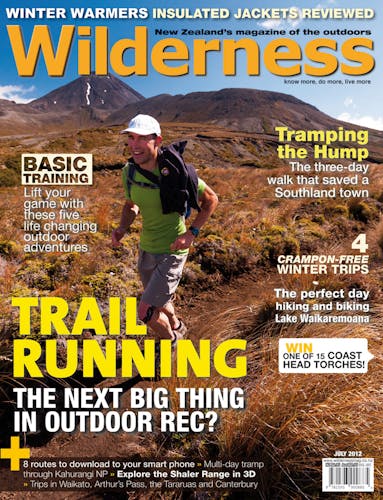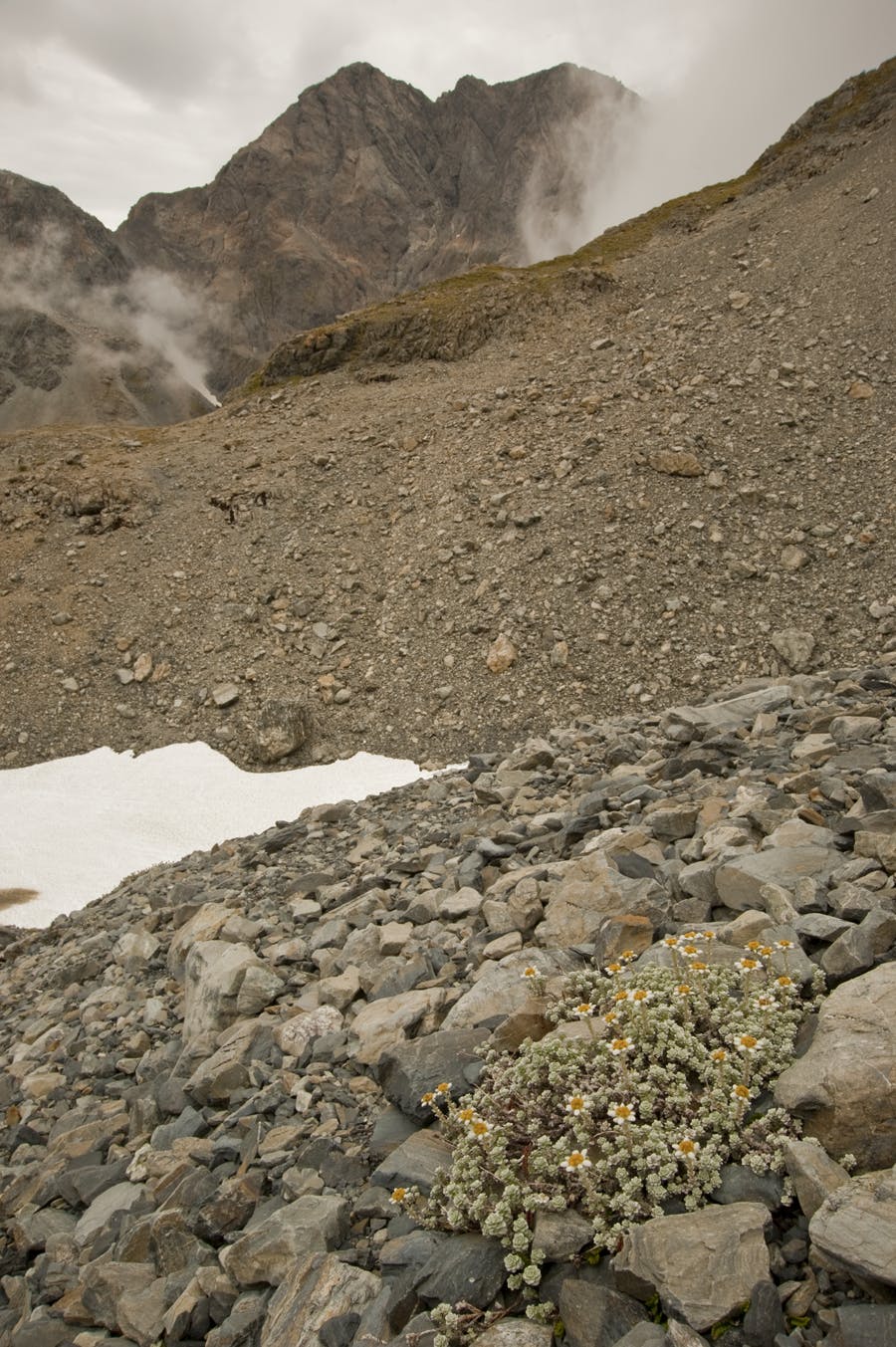Three places to see this endemic alpine plant
Of the many native New Zealand alpine flowers, edelweiss is one of the more common and attractive.
Growing in rocky fellfields above the bushline, this endemic plant forms tight clumps. Flowering occurs over summer, with the attractive blooms persisting for two or three months until as late as March.
Botanists recognise two New Zealand species: North Island edelweiss (Leucogenes leontopodium) and South Island edelweiss (Leucogenes grandiceps) although their respective territories aren’t quite as clearly delineated as those names suggest. In fact, North Island edelweiss occurs in Marlborough’s Richmond Ranges, and in the mountains of Northwest Nelson, reflecting past geological history when land connections existed across what is now Cook Strait. In the North Island, the species exists from Mt Hikurangi southwards along the North Island mountain axis as far south as the Tararua Range. South Island edelweiss grows throughout the Southern Alps (surviving as high as 1900m), and also in Fiordland and Stewart Island. New Zealand’s two species are related to those in the Northern Hemisphere, and share a similar form and habitat – particularly the North Island species which closely resembles the Swiss edelweiss Leontopodium alpine.
Pronouncing the name requires use of a slightly hard ‘w’ sound, more like a ‘v’. For clarification, listen to the famous song in the Sound of Music.
Kaweka J, Kaweka Forest Park
Kaweka J, the highest point on the Kaweka Range, is an accessible peak reached from the Makahu Saddle car park. It’s a straightforward but strenuous climb up to the rolling tops of the range crest, which upon first glance can seem rather barren. But closer inspection shows all sorts of alpine plants, including patches of North Island edelweiss, hidden in more sheltered crevices and hollows.
Southern Crossing, Tararua Forest Park
North Island edelweiss grows in patches beside the track between Field and Kime Huts, on the Tararua’s famous Southern Crossing track. The Wellington-based Tararua Tramping Club, New Zealand’s oldest tramping club, fittingly uses the North Island edelweiss as its club symbol.
Otira Valley, Arthur’s Pass National Park
Some of the more accessible places to see South Island edelweiss are the mountains of Arthur’s Pass National Park, notably the enjoyable stroll up the upper Otira Valley, which begins near the summit of Arthur’s Pass itself. A good track leads into the valley, until a footbridge across the infant Otira River. Form here, a route wanders up the bouldery confines of the upper valley, beneath Mt Philistine and the Otira face of Mt Rolleston. Such scenes show the remarkable ability of alpine plants to survive in a tough mountain environment.








